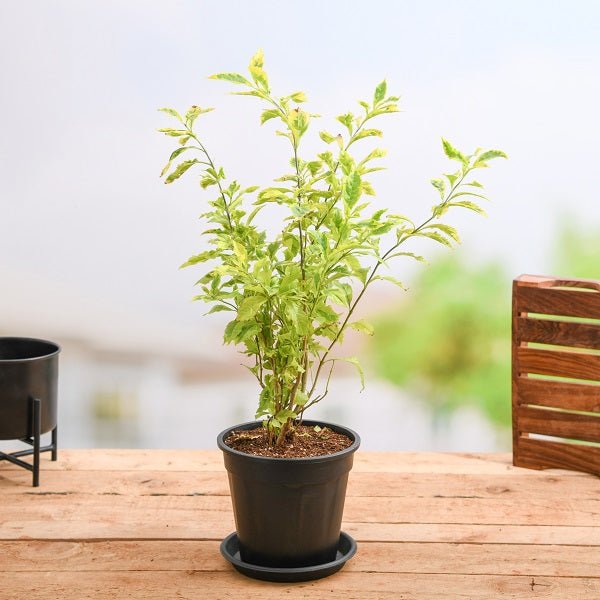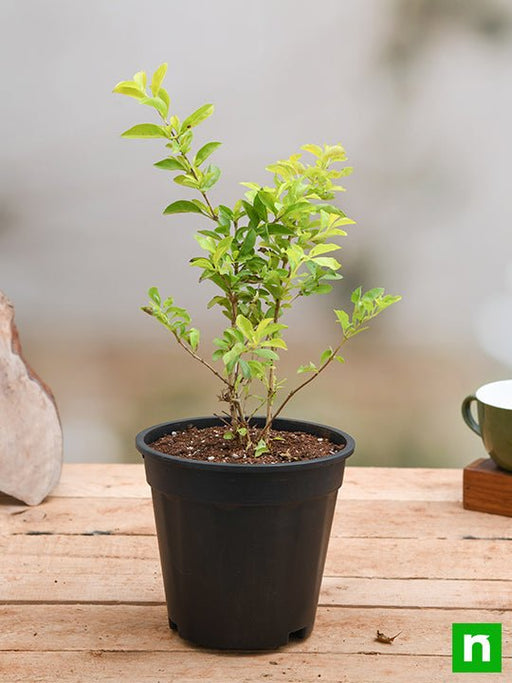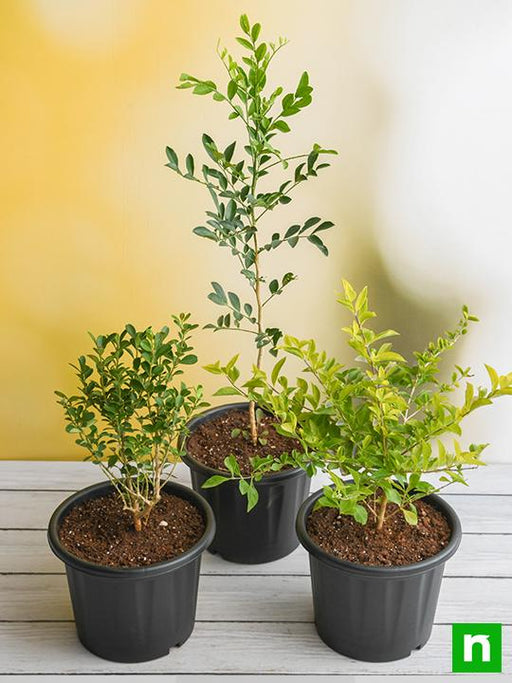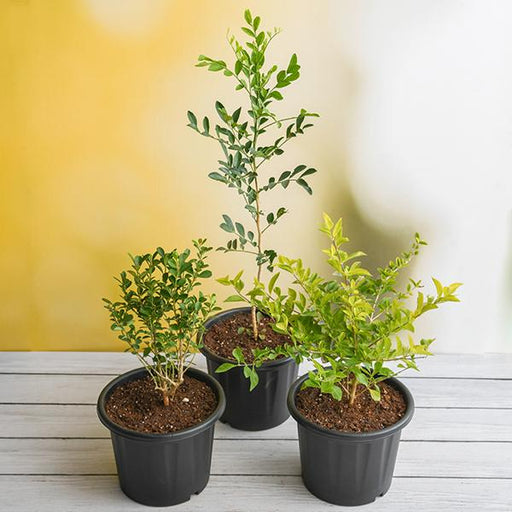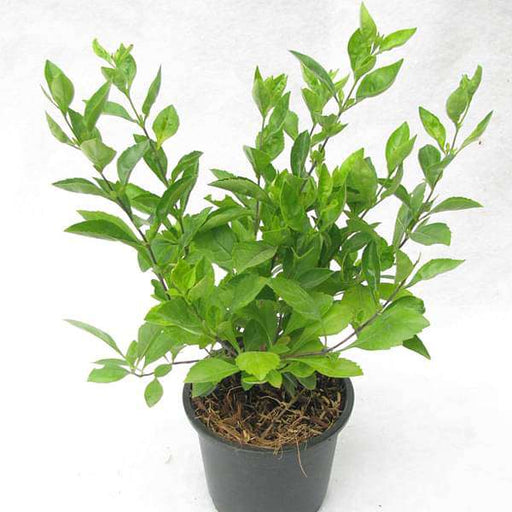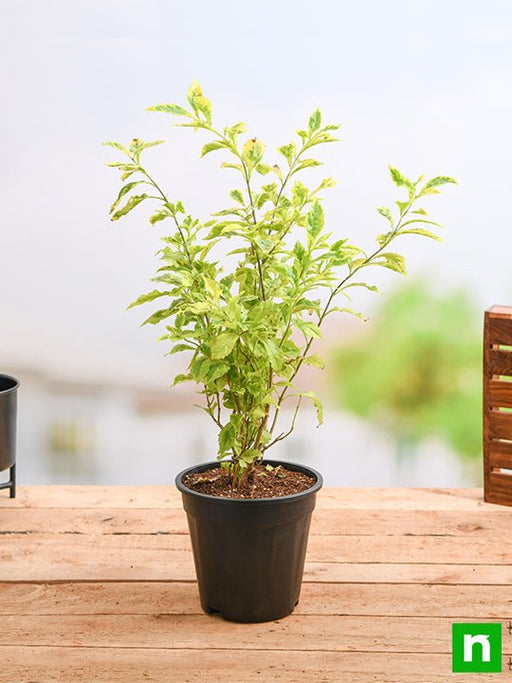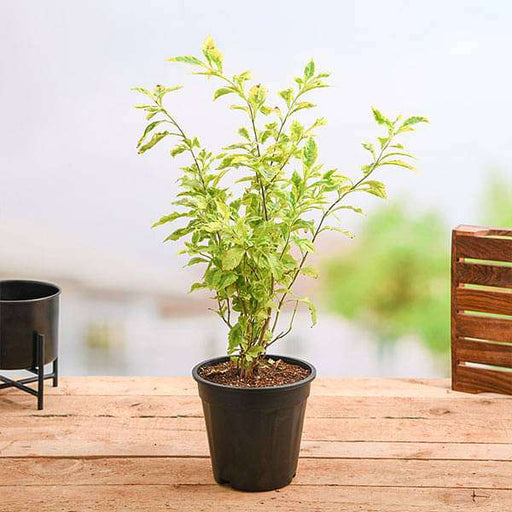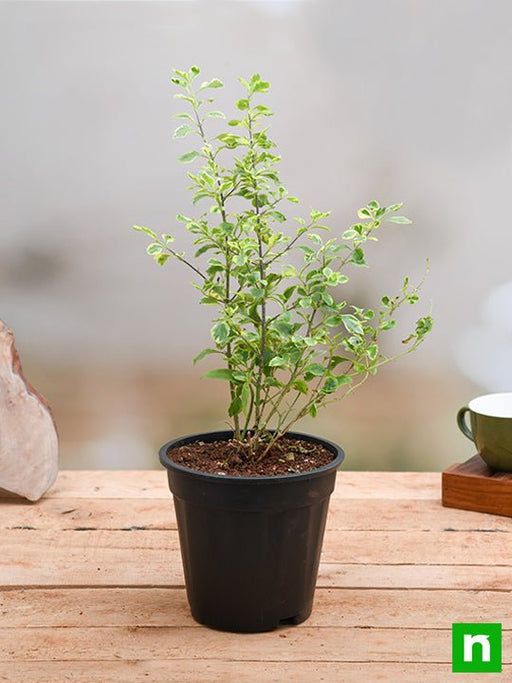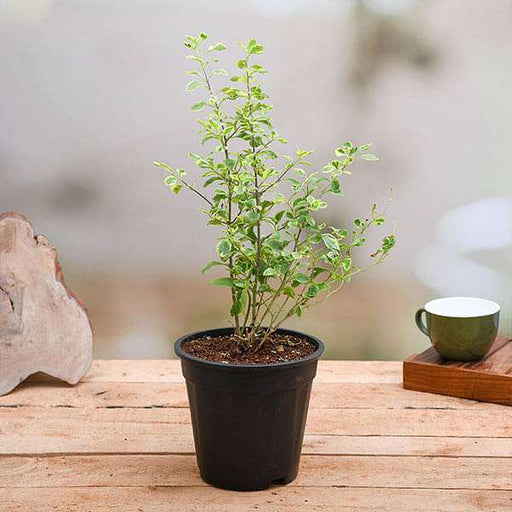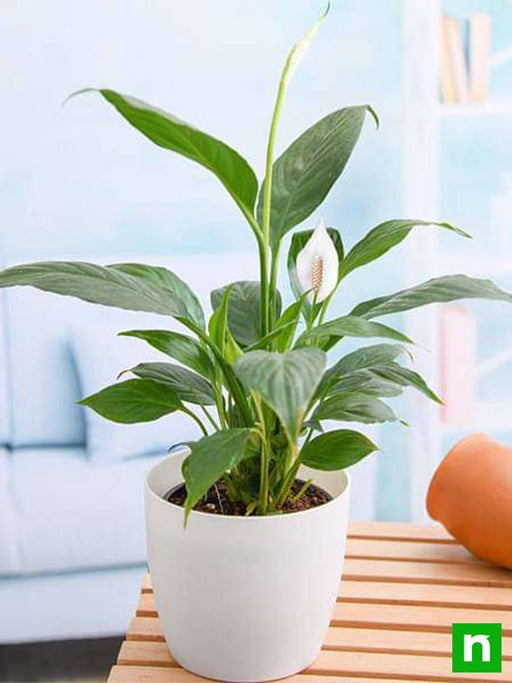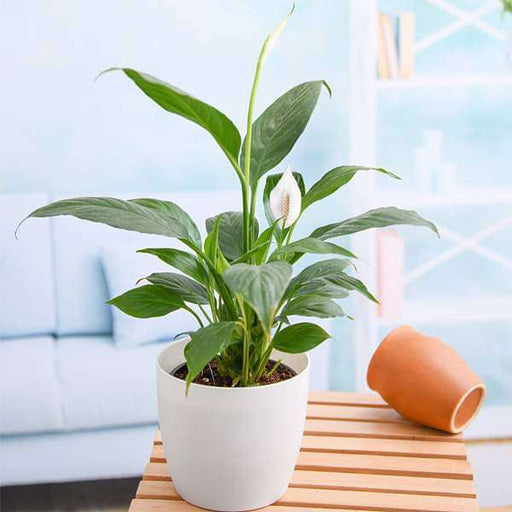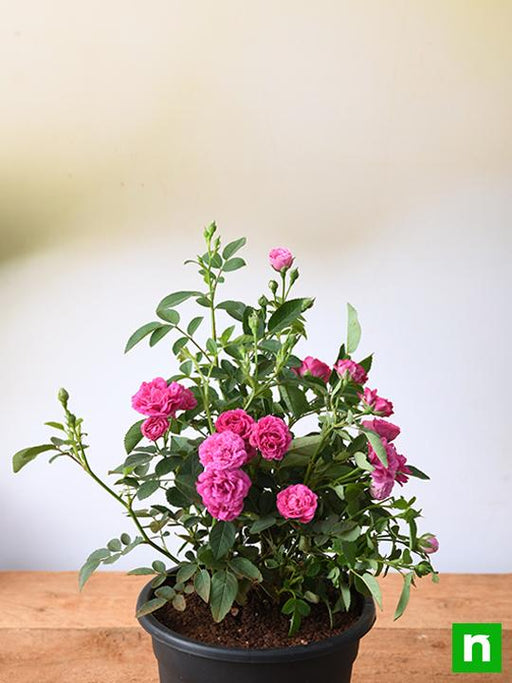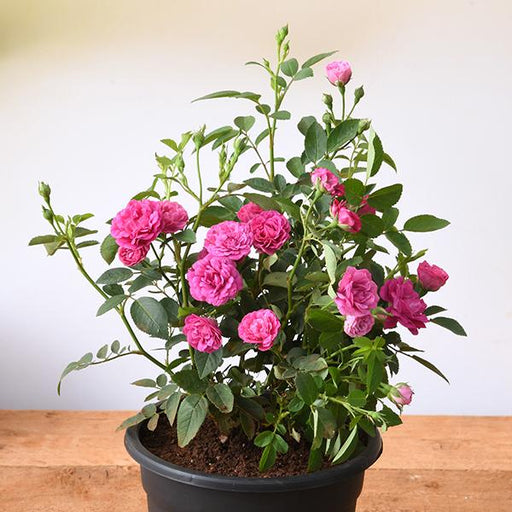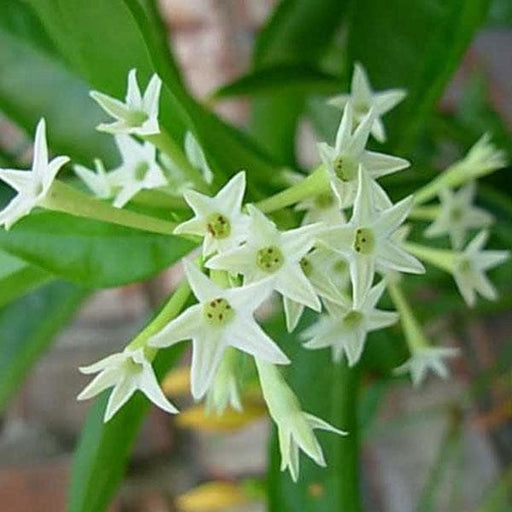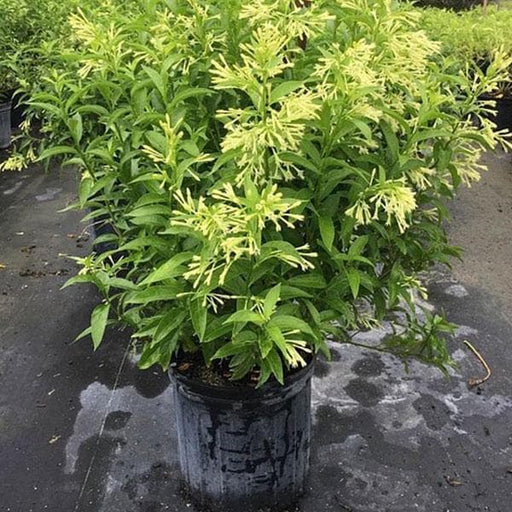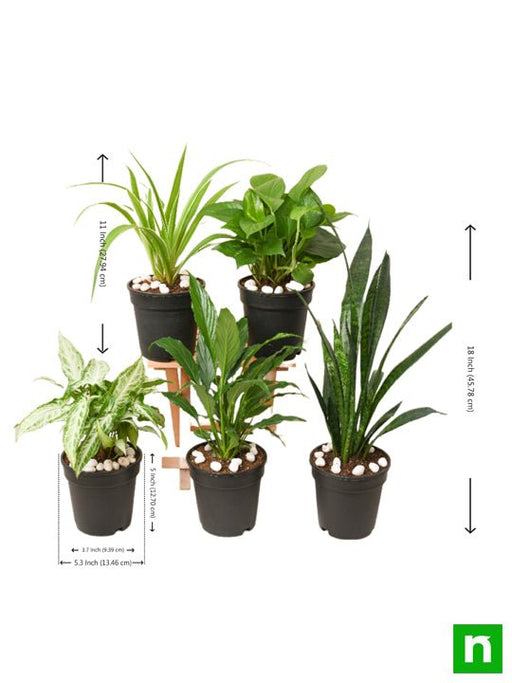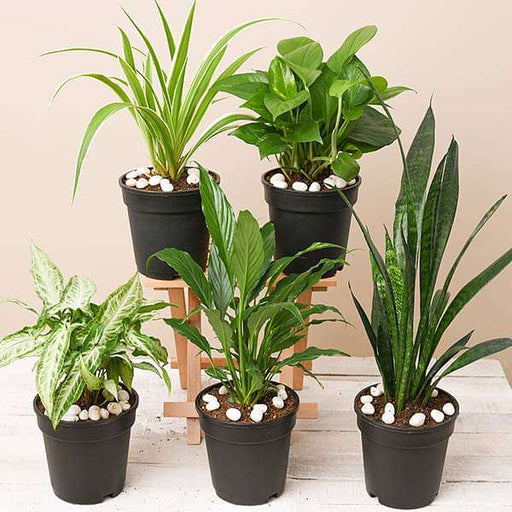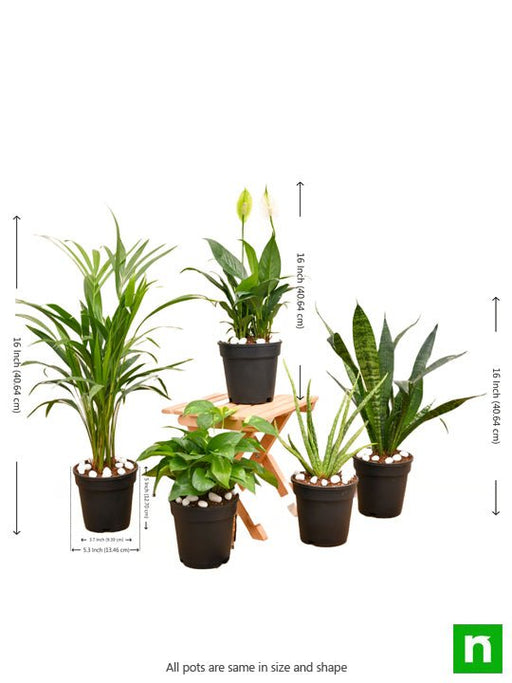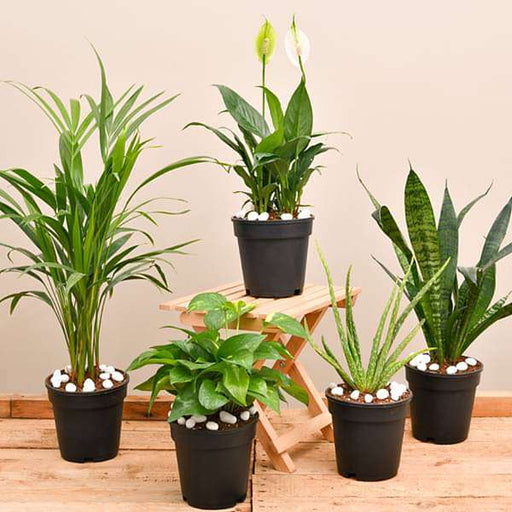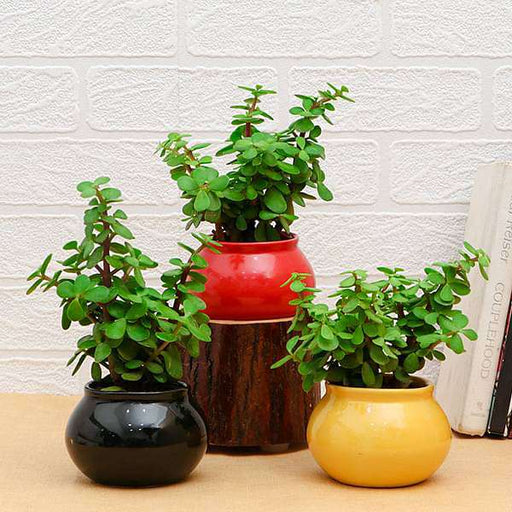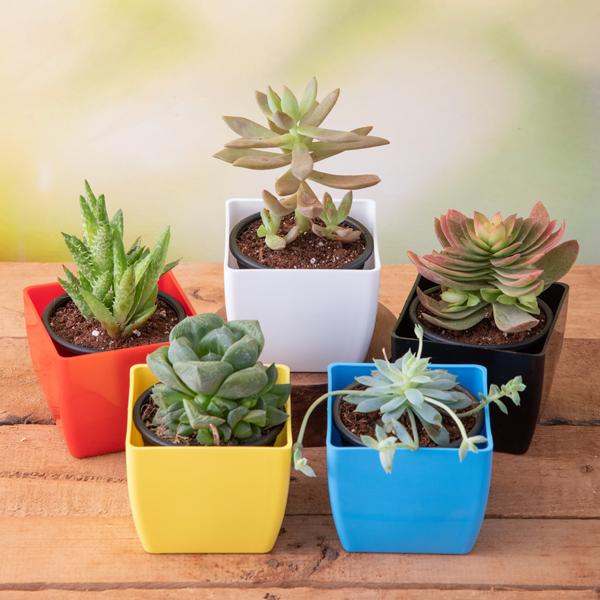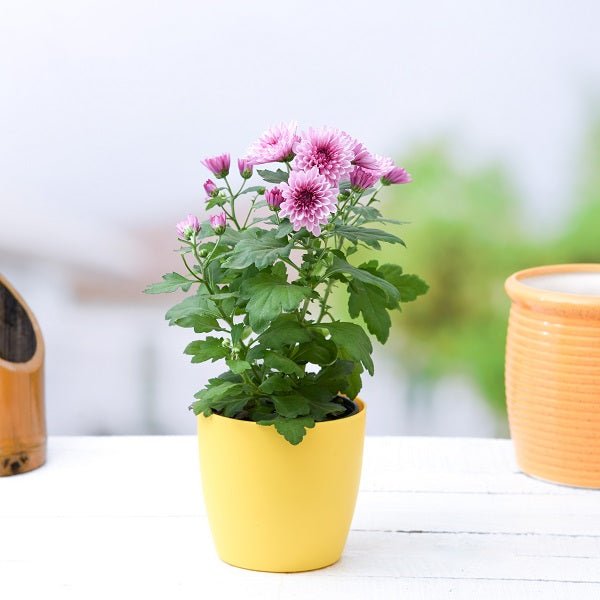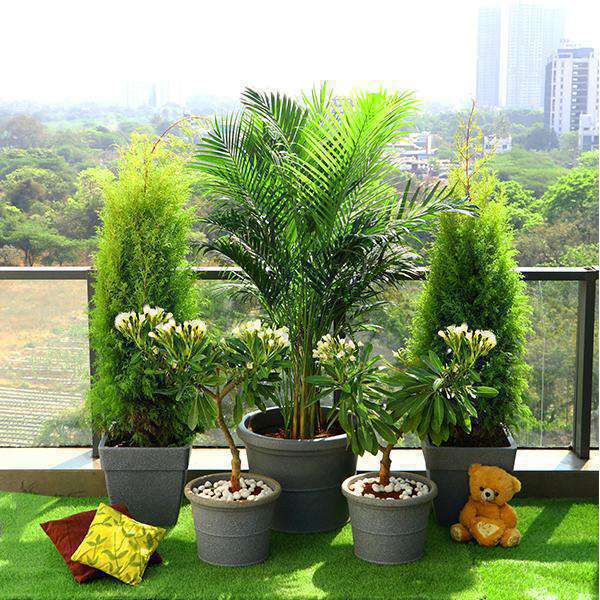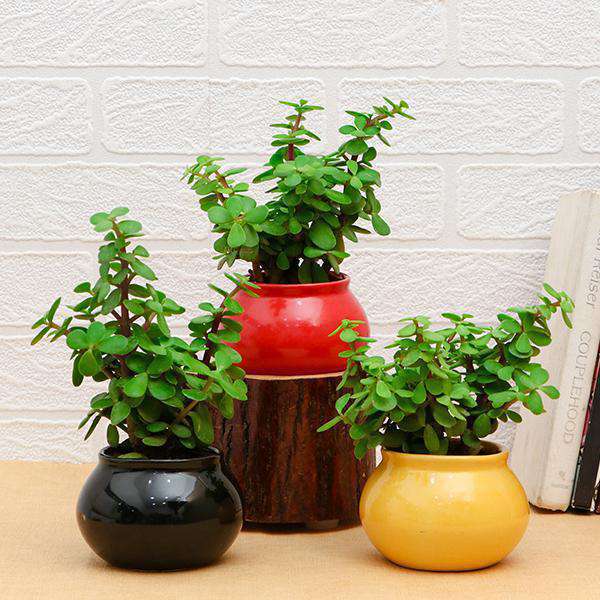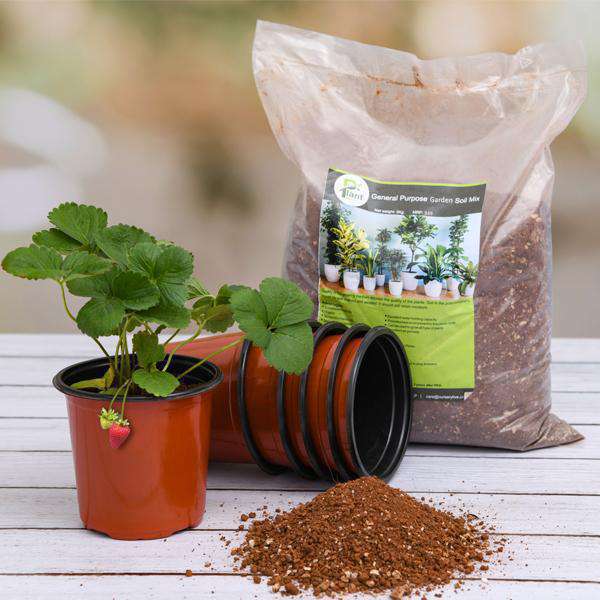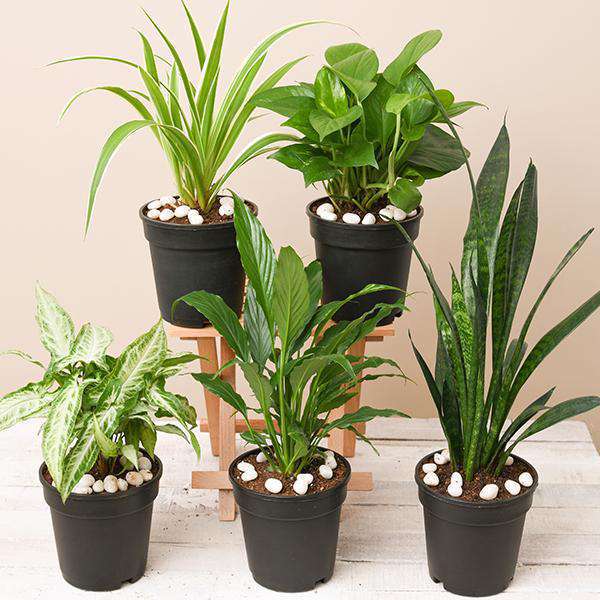Duranta plant care
Duranta plants are relatively easy to care for, but like any plant, they require some basic maintenance. These plants prefer full sun to partial shade and well-draining soil. Water them regularly but do not overwater them as they can be susceptible to root rot. Prune them regularly to maintain their shape and size, and fertilize them with a balanced fertilizer once a month during the growing season.
Duranta golden dewdrop
Duranta golden dewdrop, also known as Duranta repens, is a popular variety of Duranta plants. They are known for their vibrant yellow flowers and small, golden berries. These plants are native to tropical regions of the Americas and are often used in landscaping as a hedge or accent plant.
Duranta repens
Duranta repens is the scientific name for the Duranta golden dewdrop variety. These plants are a favorite among gardeners for their bright yellow flowers, attractive foliage, and easy care requirements. They are often used as a hedge or accent plant and can grow up to 15 feet tall if left unpruned.
Duranta erecta
Duranta erecta, also known as the Brazilian skyflower, is another popular variety of Duranta plants. They are known for their stunning blue or purple flowers and can grow up to 20 feet tall in the right conditions. These plants prefer full sun to partial shade and well-draining soil.
Duranta tree
Duranta plants can be trained into tree form, making them an excellent choice for a small ornamental tree. To grow a Duranta tree, simply prune the plant to a single trunk and remove any lower branches. Then, continue to prune the plant to maintain its shape and size.
Duranta hedge
Duranta plants are often used as a hedge due to their dense foliage and fast-growing nature. To grow a Duranta hedge, plant the shrubs close together and prune regularly to maintain their shape and size. These plants can grow up to 15 feet tall if left unpruned.
Duranta propagation
Duranta plants can be propagated by seeds or cuttings. To propagate by seeds, simply collect the berries from the plant and remove the pulp. Then, sow the seeds in well-draining soil and keep them moist until they germinate. To propagate by cuttings, take a stem cutting from a healthy plant and root it in well-draining soil.
Duranta pests
Duranta plants are relatively pest-resistant, but they can be susceptible to whiteflies, spider mites, and mealybugs. To control these pests, use an insecticidal soap or neem oil spray.
Duranta diseases
Duranta plants can be susceptible to root rot, leaf spot, and powdery mildew. To prevent these diseases, make sure the plant is not overwatered and provide good air circulation around the plant. If necessary, treat the plant with a fungicide.
Duranta pruning
Pruning is essential to maintain the shape and size of Duranta plants. To prune, use sharp pruning shears and make clean cuts just above a leaf node. Prune the plant regularly to remove any dead or diseased wood and to maintain its shape and size.
Duranta fertilizer
Duranta plants benefit from regular fertilization with a balanced fertilizer during the growing season. Apply the fertilizer according to the manufacturer's instructions and water well after application.
Duranta landscaping
Duranta plants are often used in landscaping as a hedge, accent plant, or small ornamental tree. These plants are versatile and can be used in both formal and informal garden settings. They pair well with other tropical plants and can add a pop of color to any landscape.
Duranta container gardening
Duranta plants can also be grown in containers, making them an excellent choice for patio or balcony gardens. Choose a container that is large enough to accommodate the plant's root system and fill it with well-draining soil. Water the plant regularly and fertilize it with a balanced fertilizer during the growing season.
Duranta drought tolerance
Duranta plants are relatively drought-tolerant once established but still require regular watering. To help the plant tolerate drought, add a layer of mulch around the base to help retain moisture in the soil.
Duranta companion plants
Duranta plants pair well with other tropical plants such as hibiscus, bougainvillea, and bird of paradise. These plants have similar care requirements and can create a lush and vibrant tropical garden.
Duranta medicinal properties
Some parts of the Duranta plant have been used in traditional medicine to treat various ailments such as fever, cough, and skin diseases. However, it is important to note that the plant can be toxic if ingested and should not be used without consulting a healthcare professional.
Duranta edibility
While some parts of the Duranta plant have been used in traditional medicine, the plant is not edible and can be toxic if ingested. The berries, in particular, can be dangerous if consumed.
Duranta symbolism
Duranta plants are often associated with protection and prosperity in some cultures. In some parts of the world, the plant is believed to bring good luck and fortune to those who cultivate it.
Duranta history
Duranta plants are native to tropical regions of the Americas and have been cultivated for their ornamental value for centuries. They were introduced to Europe in the 18th century and have since become a popular choice for landscaping in warm climates.
Duranta climate requirements
Duranta plants are native to tropical regions and prefer warm temperatures and high humidity. They can be grown outdoors year-round in USDA zones 9b through 11, but in colder climates, they may need to be grown indoors or as an annual plant.

